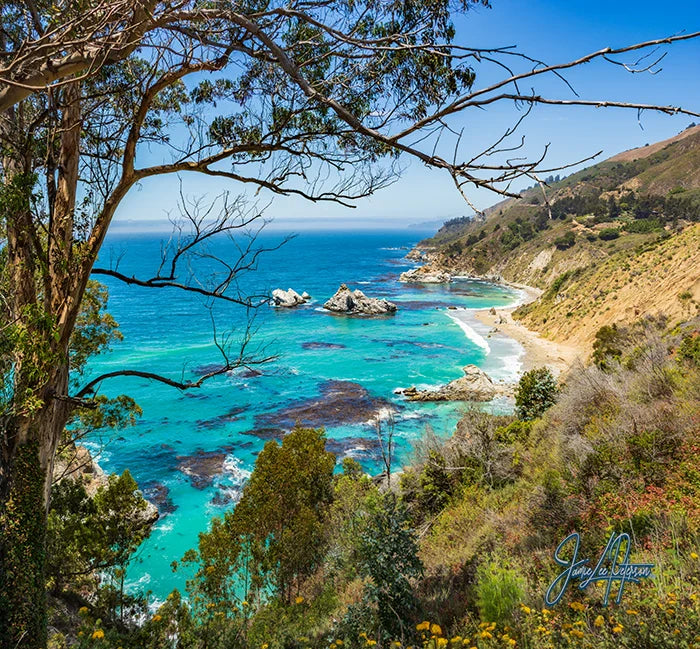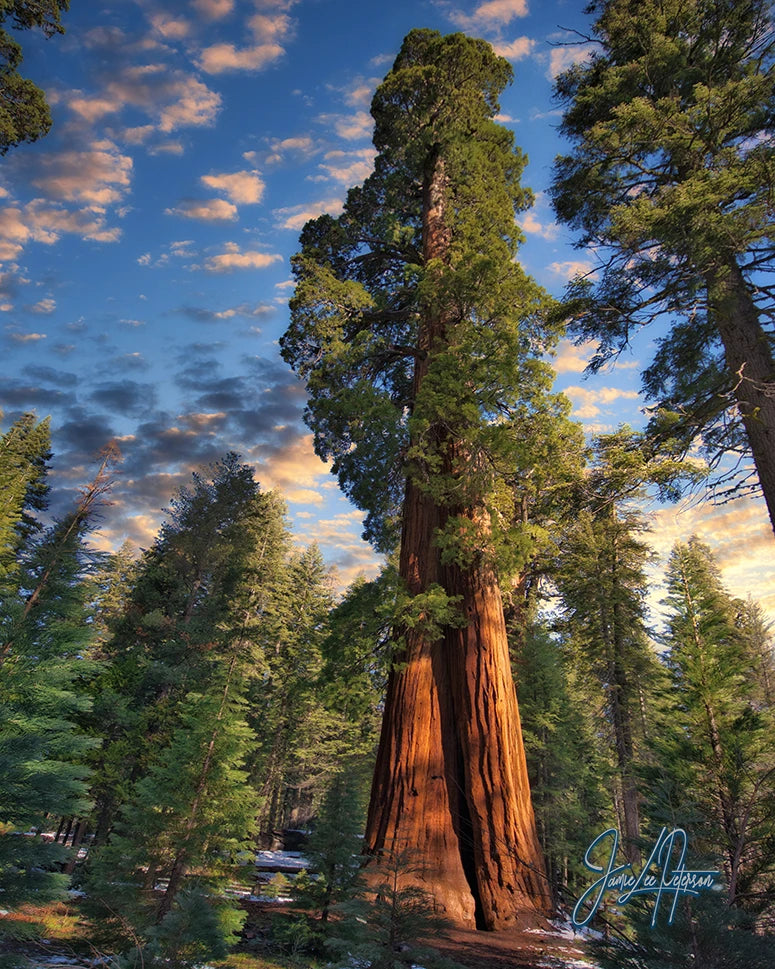Beauty Beyond the Seaweed: Giant Kelp, Macrocystis pyrifera

Many people, both scuba divers and non-divers alike have never experienced the stunning beauty of kelp. Kelp is referred to by many as seaweed. Most people remember running along the beach as a child and feeling the slimy leaves of seaweed stick to their feet. These experiences cause lifelong "heebie-jeebies" of what lies beneath the sea. These memories rarely vacate the subconscious.
 Braver souls who have triumphed over their fears have taken the plunge into the depths as scuba divers or snorkelers. These individuals might have experienced kelp differently. Any water-bound human who has swum through a kelp forest has experienced the moment when seaweed grabbed onto them. This memory brings them back to that day long ago on the beach when that pesky kelp frond nearly wrangled them to the depths by their tiny little foot.
Braver souls who have triumphed over their fears have taken the plunge into the depths as scuba divers or snorkelers. These individuals might have experienced kelp differently. Any water-bound human who has swum through a kelp forest has experienced the moment when seaweed grabbed onto them. This memory brings them back to that day long ago on the beach when that pesky kelp frond nearly wrangled them to the depths by their tiny little foot.

 Holdfasts are more like anchors than root systems. While they may look like roots above the sand, the holdfasts do not absorb any nutrients. They hold the kelp stem sturdy and in place. Instead of having roots, kelp gets all its nutrients through photosynthesis from its fronds (leaves).
Holdfasts are more like anchors than root systems. While they may look like roots above the sand, the holdfasts do not absorb any nutrients. They hold the kelp stem sturdy and in place. Instead of having roots, kelp gets all its nutrients through photosynthesis from its fronds (leaves). As snorkelers and scuba divers are well aware, organisms in the ocean often need a little help to float. Giant kelp has a gas bladder, scientifically called "pneumatocyst," that helps make it float. Each Giant Kelp frond has a pneumatocyst that gives it buoyancy. The closer kelp grows to the surface, the more sunlight each frond absorbs. This makes it stronger and healthier. Strands of Giant Kelp may live as long as seven whole years! It lives best in cool, clear water (where light can shine deeper) with temperatures between 42-72 degrees Fahrenheit. When lots of kelp grow together, it's what we call a "kelp forest." Just like in the dry forest, where the tops of the trees form a canopy, kelp forests do the same. The canopy provides protection for several species of fish to hide and several others to feed on the kelp.
As snorkelers and scuba divers are well aware, organisms in the ocean often need a little help to float. Giant kelp has a gas bladder, scientifically called "pneumatocyst," that helps make it float. Each Giant Kelp frond has a pneumatocyst that gives it buoyancy. The closer kelp grows to the surface, the more sunlight each frond absorbs. This makes it stronger and healthier. Strands of Giant Kelp may live as long as seven whole years! It lives best in cool, clear water (where light can shine deeper) with temperatures between 42-72 degrees Fahrenheit. When lots of kelp grow together, it's what we call a "kelp forest." Just like in the dry forest, where the tops of the trees form a canopy, kelp forests do the same. The canopy provides protection for several species of fish to hide and several others to feed on the kelp.Did you know, kelp has been recorded to grow as quickly as 1 to 2 feet in a single day?
 As you can see, kelp is nothing to fret about and is actually a bit of an ocean necessity. Below are photographs of California Giant Kelp taken on two occasions at the Channel Islands near Catalina. Whenever I photograph this beautiful ocean life, I experiment with the lighting I have available. Lighting combined with my particular camera settings creates the underwater art effect. Specific camera settings allow the background of the photograph on the left entitled "What Lies Beneath" to look like I captured it at night. However, I photographed it during the middle of the day in only 40-45 feet of water! I purposely used only a single strobe to create a shadow effect by illuminating only the left side of the kelp. I used specific camera settings to capture the following photograph entitled "Reaching for Life" (also available in Black & White). I combined them with unique underwater lighting that allowed me to create an intentionally blurry effect of the background and kelp fronds. These settings allowed me "freeze" only certain parts of the kelp. In this case, the pneumatocysts froze, keeping them crisp and in focus in the photograph.
As you can see, kelp is nothing to fret about and is actually a bit of an ocean necessity. Below are photographs of California Giant Kelp taken on two occasions at the Channel Islands near Catalina. Whenever I photograph this beautiful ocean life, I experiment with the lighting I have available. Lighting combined with my particular camera settings creates the underwater art effect. Specific camera settings allow the background of the photograph on the left entitled "What Lies Beneath" to look like I captured it at night. However, I photographed it during the middle of the day in only 40-45 feet of water! I purposely used only a single strobe to create a shadow effect by illuminating only the left side of the kelp. I used specific camera settings to capture the following photograph entitled "Reaching for Life" (also available in Black & White). I combined them with unique underwater lighting that allowed me to create an intentionally blurry effect of the background and kelp fronds. These settings allowed me "freeze" only certain parts of the kelp. In this case, the pneumatocysts froze, keeping them crisp and in focus in the photograph.



Leave a comment
This site is protected by hCaptcha and the hCaptcha Privacy Policy and Terms of Service apply.